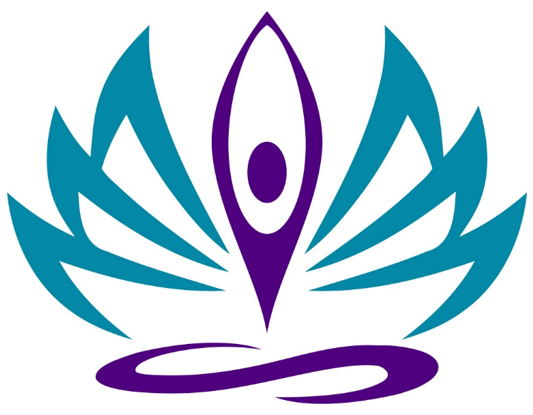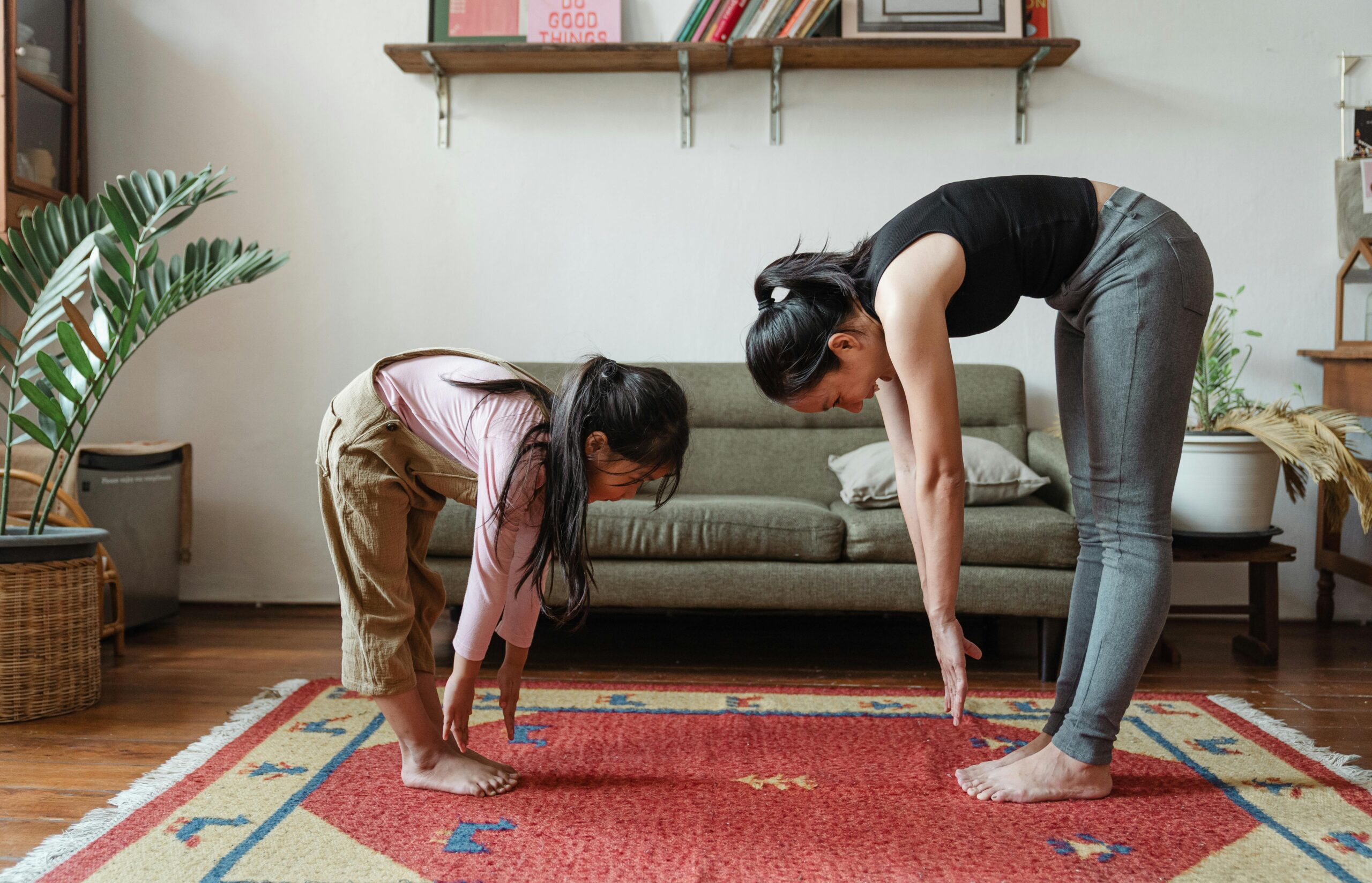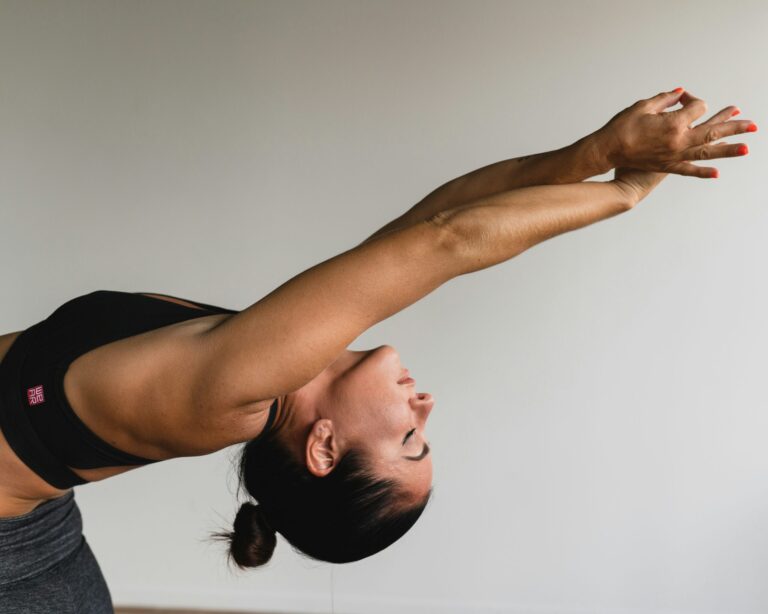Forward bend in yoga: why slightly bent knees are better for your back
Forward bends are one of the most well-known poses in yoga. They are considered calming, stretching and regenerating. In many classic yoga approaches, great emphasis is placed on stretched legs - for aesthetic or traditional reasons. However, from a biomechanical point of view, this alignment is usually not effective. On the contrary: if you permanently bend forward with your legs stretched out, you risk reducing hip mobility - especially in people who sit a lot in everyday life anyway.
Classic forward bend: legs straight and back long?
In traditional yoga classes, it is often recommended to stretch the legs completely, tense the thighs and keep the back long before folding forward from the pelvis. This variation is primarily aimed at stretching the back of the thighs (hamstrings).
What happens biomechanically? The pelvis tilts forward, which stretches the posterior muscle chain, especially the backs of the thighs. For many yogis, the aim is to stretch the hamstrings. This also looks elegant and is often used as a benchmark for flexibility.
But why is this often not a sensible stretch?
The truth is that the backs of the thighs of most people are not shortened, but often overstretched and tense. Why? Because we sit a lot in everyday life and our pelvis often tilts forward as a result - which causes the hamstrings to be constantly overlong. This constant strain leads to tension and imbalance.
This means that although the classic forward bend stretches the backs of the thighs further, it does not solve the problem, but often makes it worse. Continuous stretching can even exacerbate the tension.
The lower back needs more attention
Much more important than the backs of the thighs is the lower back. Most of us have too much tension and shortening there - due to prolonged sitting, poor posture and lack of exercise.
And this is where the modified forward bend with slightly bent knees on: By bending your knees, you can roll your pelvis backwards, which gently stretches the lower back and tightens the backs of the thighs instead of stretching them. For most yoga practitioners, this combination of stretching and gentle strengthening of the backs of the thighs is much more effective for achieving good hip mobility.
How to practise the forward bend correctly - with bent knees
- Bend your knees slightlyso that you can roll your pelvis backwards in a controlled manner.
- Set your focus on one round lower backby pulling your belly button slightly towards your spine.
- Let your upper body "hang forward" without trying to stretch your legs.
- Feel how the stretch is no longer in your thighs, but in your lower back. Let go of the buttocks.
- The backs of the thighs now work in a supporting role (instead of the buttocks and back thigh muscles) to keep the pelvis in a neutral position.
Why you win twice with this variant
- You relieves tension in the lower backwhich are the main cause of discomfort for many people.
- The backs of your thighs become no longer overstretchedbut actively strengthened so that they can stabilize the pelvis.
- The combination of loosening the buttocks, tensing the back of the thighs and stretching the lower back encourages the Internal rotation of the pelviss. This movement is severely limited in most adults (you can also find out more about this topic in my courses (Unlock your Pelvis for Women & Unlock your Pelvis for Men))
- By improving your ability to rotate, you will automatically be able to "go deeper" in the classic forward bend in the long term, as the length of the back thigh muscles is rarely the limiting factor for yogis in the forward bend. As a rule, it is the hip mobility
You can also watch the correct alignment and explanation using a skeleton in a short YouTube video I recorded for this purpose:
A tip for your practice
Don't be discouraged if you initially feel "less" stretch in the new variation or if your body first has to learn to relax. The body reacts slowly, especially when there is a lot of tension. With regular practice, you will feel more flexibility and looseness.
Conclusion: Functional forward bend instead of classic look
Yoga is not a show, it's your healthy exercise practice. The forward bend with bent knees and a rounded back is more sustainable, healthier and functionally more sensible for most people than the classic version with straight legs.
Try it out, feel into it and give your body the opportunity to relieve and strengthen your lower back. If you like this topic, you can also watch my videos on YouTube and subscribe to my channel for more yoga biomechanics tips.







